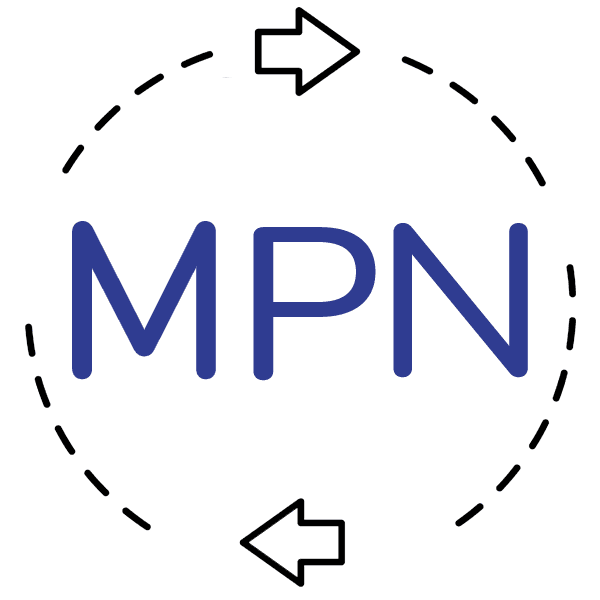ACE / Sedgwick Low Payments Reveal PPO Problem
.gif)
If you’ve ever wondered why so many California doctors avoid treating injured workers, stop wondering.
Three separate bills from the same provider to the same insurer, for identical services, reveal the chaos of managing practice revenue under Preferred Provider Organization (PPO) discount contracts. The provider received wildly varying reimbursement amounts from ACE American Insurance, as adjudicated by Third-Party Administrator (TPA) Sedgwick.
What does this mean for providers? That it’s nearly impossible to predict how PPO participation will affect reimbursements for treating injured workers, which makes it impossible for a provider to know the impact of PPOs on revenue.
The mechanisms by which discounts are applied are byzantine, to say the least. Moreover, these bills also suggest that the supposed benefits of PPO participation (namely, MPN membership) may be more fantasy than reality.
See the bills below, and consider whether the chaos inflicted on Accounts Receivable is really worth maybe (but probably not) getting a few more patients by joining a PPO.
One Provider. Three Bills. No Way to Predict Reimbursement.
As an experiment, we pulled three bills from a single one of our providers, to see just how randomly reimbursement amounts varied from the amounts established by the Official Medical Fee Schedule (OMFS) due to PPO participation.
Other than the employer, the variables are the same for each of the three bills represented below:
- Same provider
- Same location
- Same procedure codes (CPT 99214 + WC002)
- Same insurance carrier (ACE)
- Same TPA (Sedgwick)
The results reveal just how bonkers PPO arithmetic can be.
For the same exact bills, each of which should be reimbursed at exactly $205.00 per the OMFS, this provider received anywhere from $98.77 (48% OMFS) to $184.50 (90% OMFS).
Reimbursement Below Medicare - CPT 99214
We can see the differences in reimbursement amounts for CPT code 99214 for Evaluation and Management (E/M) services. At 48% OMFS at the lowest, this provider was paid just 64% of the Medicare rate for the same service.
The (Dubious) MPN Promise
For the bills in this case, Sedgwick cited either “Coventry P&T MULTIPLAN PRICING” or “Coventry P&T PRICED USING COVENTRY OWNED CONTRACT.”
The question is: why is this happening?
When providers sign PPO discount agreements, it’s almost always because they believe the practice will benefit from an increase in patients.
This is usually because not joining the PPO can mean exclusion from MPNs. Doctors are assured in no uncertain terms that accepting PPO discounts is the price of MPN inclusion, and therefore the only way to ensure the right to treat injured workers. But there’s a major hole in this premise.
California Labor Code dictates that only the insurer or self-insured employer responsible for covering the injured worker may dictate which providers an injured worker can seek treatment from. In other words, only the insurer or self-insured employer footing the bill can establish a true MPN.
But as we’ve explained before, the Division of Workers’ Compensation (DWC) has permitted a slew of “entities” that “provide physician network services” to find providers for insurers and self-insured employers. When an MPN is maintained by one of these “entities,” there is actually no guarantee that membership confers the right to treat any insurer or employer’s workers.
The only guarantee is revenue loss. Hence our inside term for these entity-run MPNs, “Mirage Provider Networks.”
For the example bills in this case, Sedgwick cited either “Coventry P&T MULTIPLAN PRICING” or “Coventry P&T PRICED USING COVENTRY OWNED CONTRACT.”
A search of DWC’s online MPN database reveals that 10 approved MPNs are maintained by ACE (the insurer). And exactly zero of those MPNs are Coventry’s (the cited PPO). So how is it that the insurer was able to take these discounts?
We’ll ask again: what did this provider receive in exchange for 10% to 52% reductions in reimbursement? And how can anyone continue to be perplexed by the increasing dearth of providers willing to put in so much work for such drastically reduced compensation?
What value does Coventry offer to the provider, or the injured worker, or the injured workers’ employer? If there’s an answer (other than EBITDA) we’d love to hear it.
Protect your practice. Harness the power of daisyBill software, data, and expertise for faster, better workers’ comp billing. Request a demo below.
REQUEST DEMO
DaisyBill provides content as an insightful service to its readers and clients. It does not offer legal advice and cannot guarantee the accuracy or suitability of its content for a particular purpose.




.gif)